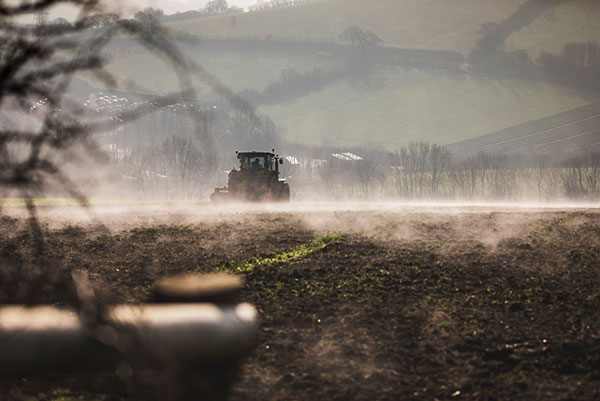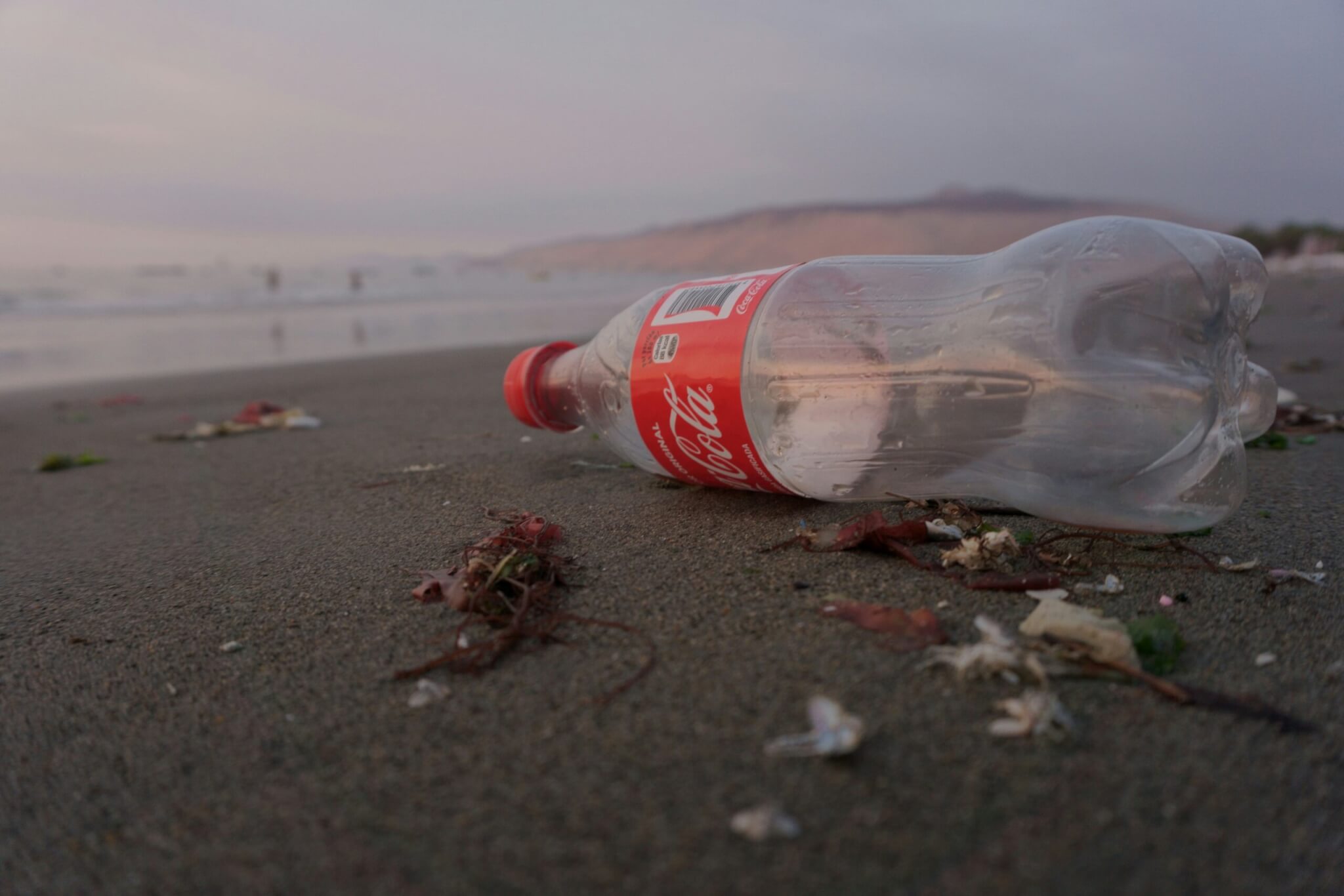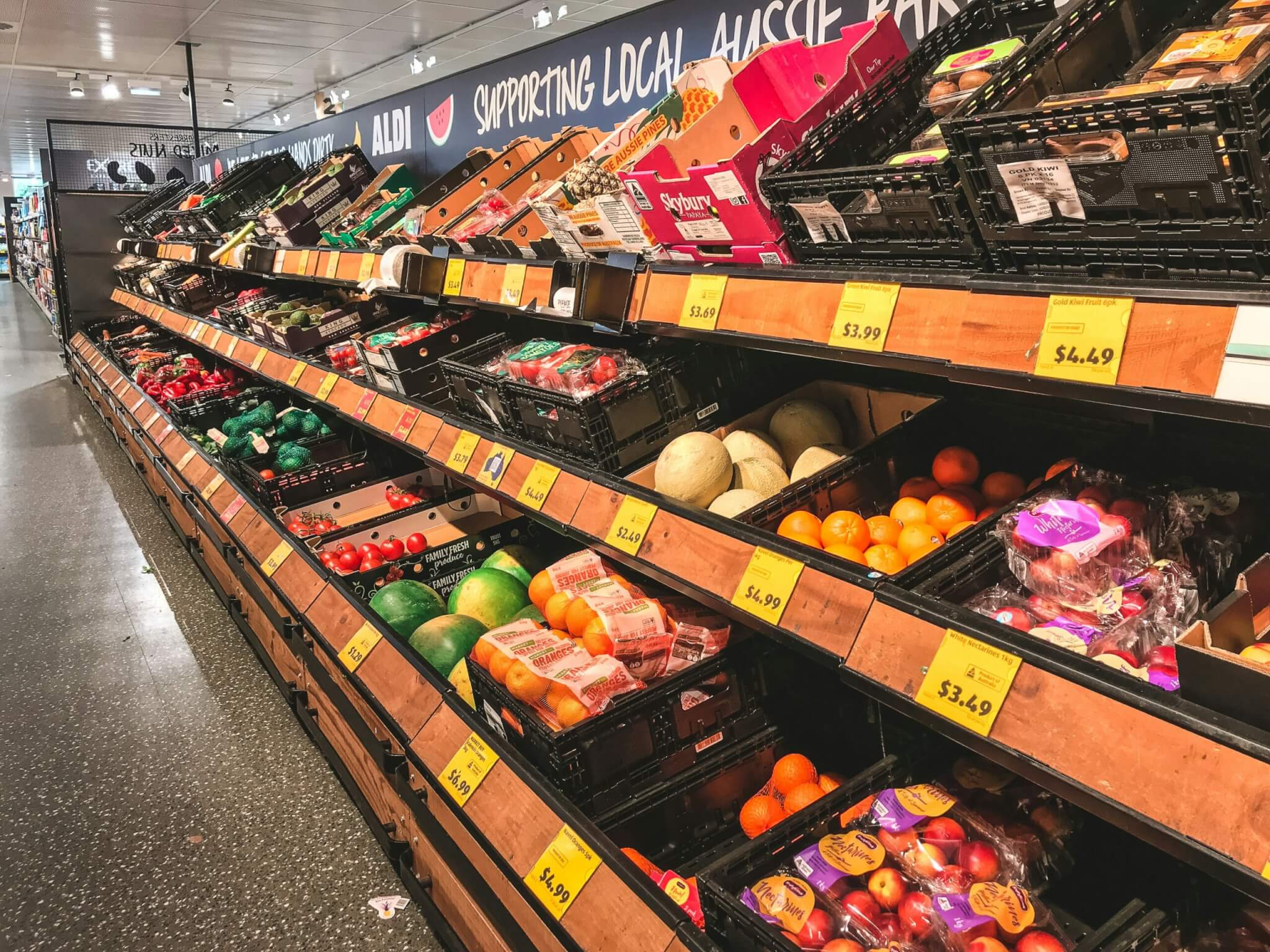After a January that has been mercifully bright and dry, the soil is dry enough to carry machinery and our valley has been heavy with the odour of slurry as dairy farmers take the chance to lower their slurry stores. Ideally slurry is best spread in late February as grass wakes up and active roots are hungry for the soluble nutrients.
In my youth, with oil-based fertiliser so cheap and convenient and little focus on soil health or the environment, manure was a problem to be disposed of as cheaply as possible rather than an asset to be used wisely. On any dry winter’s day, my brothers and I donned oilskins and sat on 60 horsepower tractors with rotaspreaders to “get rid of the stuff ” in any field dry enough to get through the gate. The oilskins kept the worst of the muck off but it was a painfully slow and filthy job, and if rains followed inevitably some ended up in the nearby river Dart.
By contrast, the subsistence farmers I have visited in Uganda, whose training Riverford has supported through Send a Cow, value their livestock as much for the muck as the meat, milk and eggs; it is the basis of their compost making, improved soil fertility and subsequent climb out of poverty.
Today the favoured method of muck distribution is the ‘umbilical slurry system’, whereby a snaking nine-inch hose is connected to a pump at the farm and, at the other end up to 2km away, a tractor pulls the hose and dribbles slurry evenly onto the surface. It causes less damage to the soil, less stench and air pollution from volatilised ammonia and nitrous oxides and, because it is 100 times faster, means there is a better chance of getting the job done in favourable conditions.
Much as I lament the relentless drive to scale in farming, this is unquestionably a huge improvement on being drenched in cow excrement as a teenager.
If carbon was taxed at something like its environmental cost, fertiliser would be much more expensive, we would value muck more, use less oil-based fertiliser and cause less pollution; in fact, in many ways, we would farm more like a Ugandan subsistence farmer, but hopefully with the benefit of some machinery.











Hi. Has Riverford ever considered a biogas plant? I know that you’re mostly arable and slurry is far better than commercial fertiliser but as you mention, slurry isn’t great for rivers – and bagged fertiliser even worse. Taking a crop (as it were) of biogas to power a generator or sell on, whilst the slurry becomes a benign friable compost sounds like a no-brainier… unless I’m missing something?
I am not a farmer, just a keen observer. I have seen many farms that face the slurry disposal problem and some that have biogas plants. It seems that the low apparent population of biogas plants results from a vision problem – seeing slurry as a waste problem rather than an asset – and space/capital investment problem – building a biogas plant requires investment in space, equipment, skills and the infrastructure to collect and manage a regular supply of raw material, as well as the disposal of the resulting water that should be discharged through reed beds where any remaining bacteria or toxins can be processed naturally. Biogas digestors work well when they can be maintained at a constant temperature with a constant supply of material to be digested, whereas many livestock farmers only collect slurry when animals are confined due to weather or management needs, and otherwise are free to roam on fields. As an efficient composting process requires a balance of nitrogenous (e.g. manure/slurry), potassium (e.g. green leaves) and carbon (e.g. wood/card/paper) inputs, I wonder whether bulk composters run by local councils (or farming businesses) collecting household food & green waste for composting would see farm slurry as a valuable input worth paying for, and be willing to invest in the holding tanks and reed beds to process it.
Hi Rof (?)
I completely agree with everything you say – as an observer I would say you are well informed, right down to the reed beds ( and I would venture willow?)
I , like you am not in the (agro) industry – my interest has always been permaculture – I get a kick from systems that just work – holistic and cyclic, way before these words came into the mainstream!
You use the words ‘asset’ and ‘valuable’ when describing slurry – yes! It is a resource that only becomes waste when handled incorrectly. I can’t help but think that two things stand in the way of using this product well – one, the yuck factor (really?) and two, vested interests – we need to grow up and break this pattern.
I have seen a system as you describe on a small scale – with water being cleaned by reeds and osiers, which in themselves then become habitat for birds and mammals… I mean? What’s not to like?
I wonder how practiacal it would be to have reed beds at the low points of every farm, where water drained too. Probably not for all farms, but maybe water could be drained from some fields towards such a bed rather than pouring out the gate as a muddy mess.